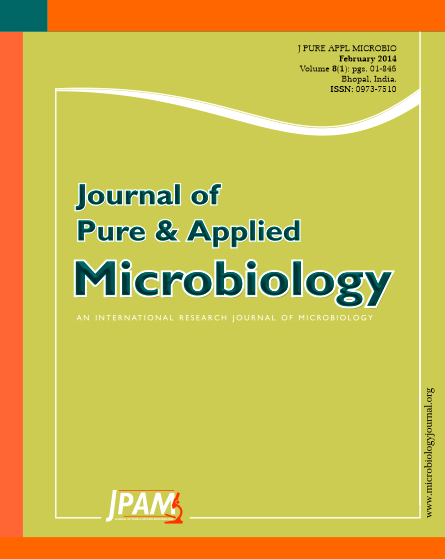The antifungal activity of aqueous leaf extracts of five weed species, viz., Chromolaena odorata, Melastoma malabatrichum, Clerodendrum viscosum, Polygonum sp and Ipomea carnea was evaluated against black rot disease of tea causing pathogen Corticium theae in vitro. Linear growth reduction of the pathogen on PDA plates at 1%, 5% and 10% plant extract concentration was recorded in 3 days interval until the 15th day of inoculation. Chromolaena odorata leaf extract exhibited highest inhibition of the pathogenic fungus followed by Ipomea carnea, while Polygonum sp showed least inhibitory effect. The observations indicated the efficacy of aqueous plant extracts as potential inhibitors of Corticium theae in vitro. Application of plant extracts (which are easily available in Barak valley) for controlling plant diseases is non- pollutive, cost effective, non hazardous and harmonious to ecological balance. Subsequently, field trial was conducted in Randomised Block Design. The plots were maintained in triplicate comprising five bushes in each replicate. Percent symptom and senility was found to be lowest in the plots sprayed with Chromolaena odorata. The present field evaluation proved the effectiveness of Chromolaena odorata in controlling the black rot disease of tea caused by Corticium theae. The same may be recommended to the tea plantations for controlling black rot disease of tea under the agroclimatic conditions of Barak valley (South Assam).
Antifungal activity, Chromolaena odorata, Clerodendrum viscosum, Corticium theae, Ipomea carnea, plant extracts, Polygonum
© The Author(s) 2014. Open Access. This article is distributed under the terms of the Creative Commons Attribution 4.0 International License which permits unrestricted use, sharing, distribution, and reproduction in any medium, provided you give appropriate credit to the original author(s) and the source, provide a link to the Creative Commons license, and indicate if changes were made.


